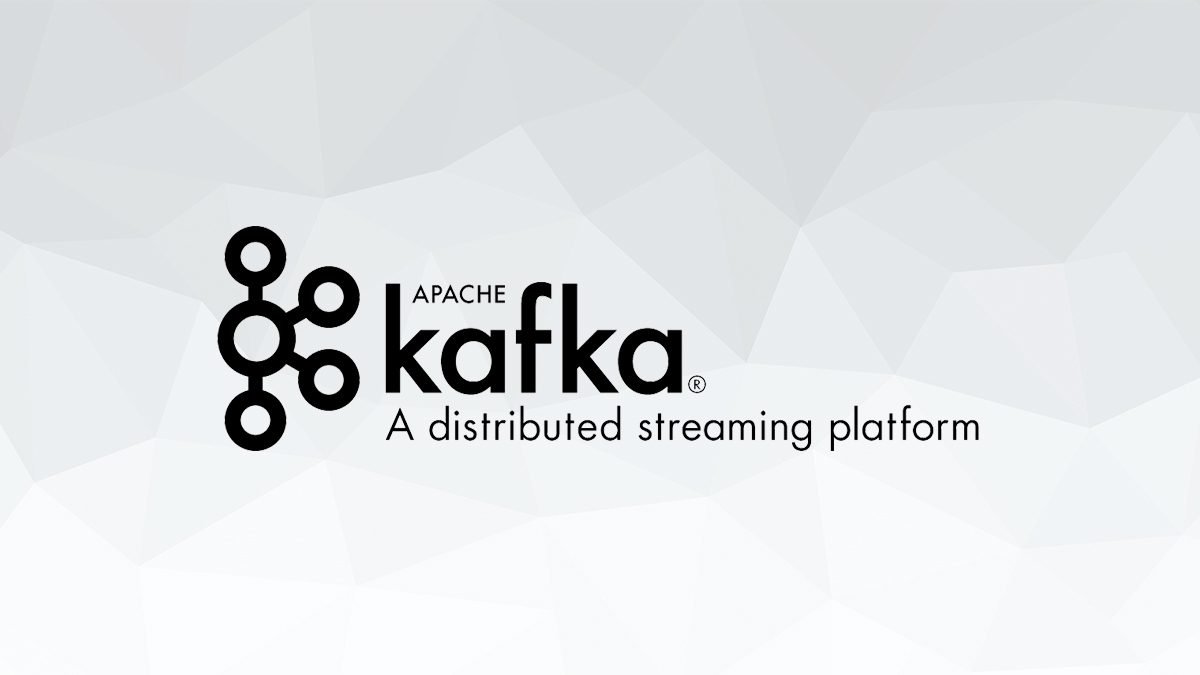
What is Apache Kafka?
Apache Kafka is an open-source platform designed to handle real-time data feeds. Its core architecture is based on a distributed system concept that supports high-throughput and low-latency data streams, suitable for large-scale data processing requirements. Kafka originated at LinkedIn and was open-sourced in 2011, becoming a prominent Apache Software Foundation project.
Why Should You Use Apache Kafka?
- Real-Time Data Streaming:
- Kafka excels at managing real-time data streams, enabling it to process data as it’s generated. This is crucial for applications needing immediate data analytics, dynamic monitoring systems, and event-driven architectures. Industries like finance, e-commerce, and IoT extensively use Kafka for real-time data integration and analysis.
- Scalability:
- Kafka is inherently designed for horizontal scalability. As data volumes grow, you can seamlessly add more servers to a Kafka cluster without performance issues. This architecture supports growing businesses by accommodating increased data influx without significant infrastructure changes.
- Fault Tolerance:
- With built-in replication, Kafka ensures data reliability and durability. Each piece of data is replicated across multiple servers within the cluster, safeguarding against data loss even if some servers fail. This replication mechanism makes Kafka a reliable solution for mission-critical applications.
- High Throughput:
- Kafka’s architecture allows it to handle millions of messages per second, making it an optimal choice for applications that require processing large datasets swiftly and efficiently. This feature is beneficial for large-scale log aggregation and monitoring where high data throughput is essential.
Practical Applications of Apache Kafka
- Log Aggregation:
- Kafka streamlines log aggregation by collecting and managing logs from diverse systems in a centralized manner. This capability is vital for troubleshooting, monitoring, and analyzing log data across various applications and services.
- Real-Time Analytics:
- Kafka facilitates real-time analytics by enabling instantaneous data processing. Applications like clickstream analysis, fraud detection, and instant financial transaction monitoring leverage Kafka to get real-time insights and make quick decisions.
- Event Sourcing:
- Kafka’s robust event-sourcing capabilities enable it to store and replay state changes as a series of events. This is particularly useful for applications that rely on a sequential record of actions to restore states or conduct post-event analysis.
- Stream Processing:
- Kafka, in conjunction with stream processing frameworks like Apache Spark, Apache Flink, or Kafka Streams, supports real-time data transformations. This allows for dynamic filtering, aggregation, and enrichment of data in motion, facilitating complex event processing and real-time data pipelines.
- Data Integration:
- Kafka’s flexible integration capabilities enable seamless data exchange between various systems, ensuring up-to-date, consistent data across different databases and applications. This feature is instrumental for enterprise data integration and ensures data integrity across the organization.
Benefits and Cons of Apache Kafka
Here’s an expanded look at the pros and cons of using Kafka:
| Benefits | Cons |
|---|---|
| High Throughput | Complex Architecture |
| Kafka processes millions of messages per second, ideal for large-scale data processing. | Kafka’s distributed architecture requires comprehensive understanding and proper configuration. |
| Scalability | Steep Learning Curve |
| Kafka scales horizontally to handle increasing data loads efficiently. | Understanding and mastering Kafka demands significant learning effort. |
| Durability and Reliability | Operational Complexity |
| Data replication across brokers ensures message durability and fault tolerance. | Managing Kafka’s operational overhead involves handling brokers, topics, partitions, and more. |
| Fault Tolerance | Latency Issues |
| Kafka maintains functionality even during server failures, ensuring high availability. | There might be latency introduced due to data replication and leader election in the cluster. |
| Versatile Integration | Resource Consumption |
| Kafka integrates easily with various systems and data sources, enhancing data pipelines. | Kafka can be resource-intensive, requiring significant memory, disk, and network resources. |
Conclusion
Apache Kafka stands out as a robust platform for managing real-time data streams with high throughput and fault tolerance. Despite its complexity and operational demands, Kafka’s capabilities in real-time analytics, scalability, and system integration make it a valuable addition to any data-intensive organization. Whether you’re aggregating logs, conducting real-time analytics, or ensuring seamless data integration, Kafka provides the necessary infrastructure to handle large volumes of streaming data efficiently. With careful consideration and understanding of its architecture, Kafka can be leveraged to create resilient, high-performance data pipelines that meet the dynamic needs of modern businesses.
